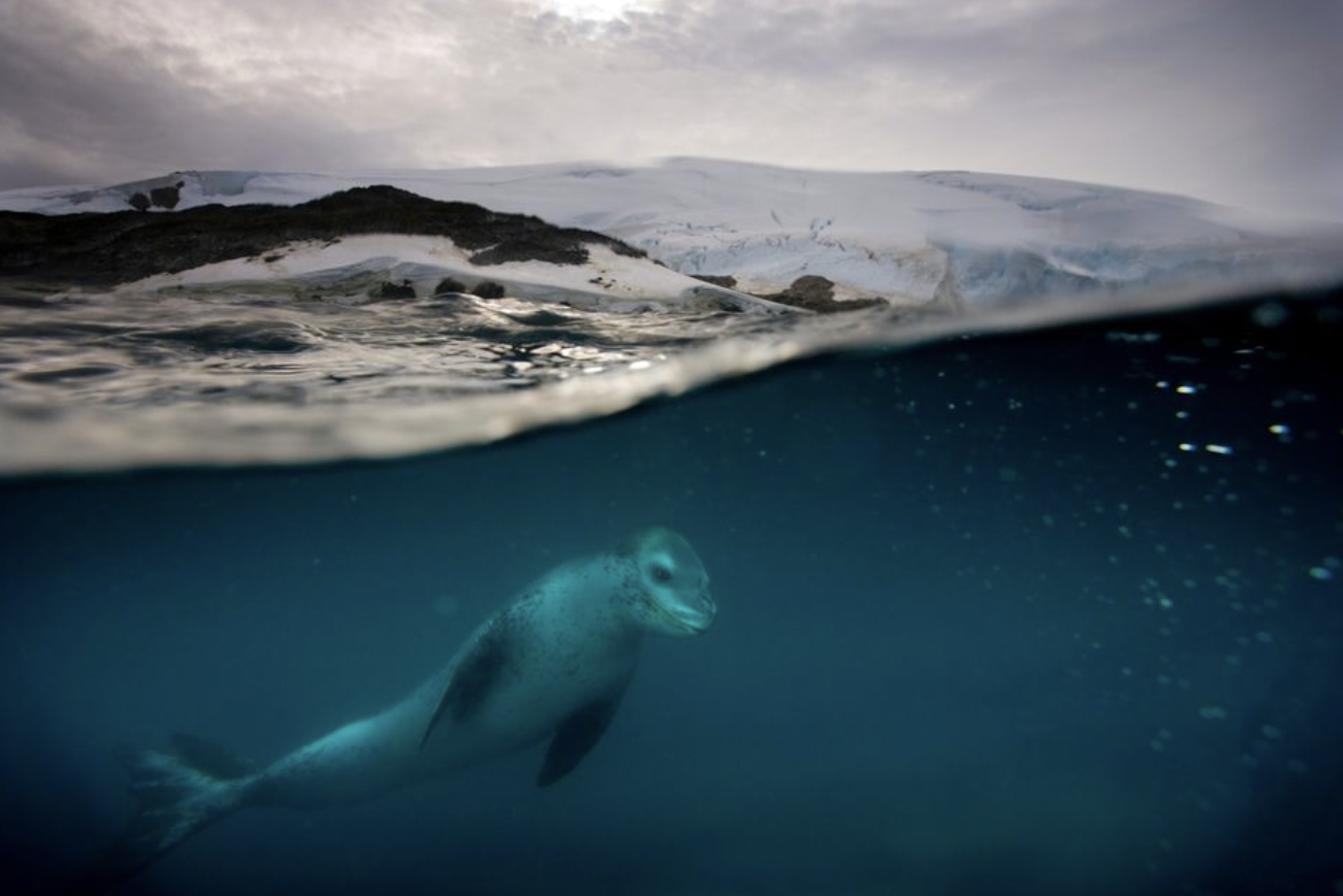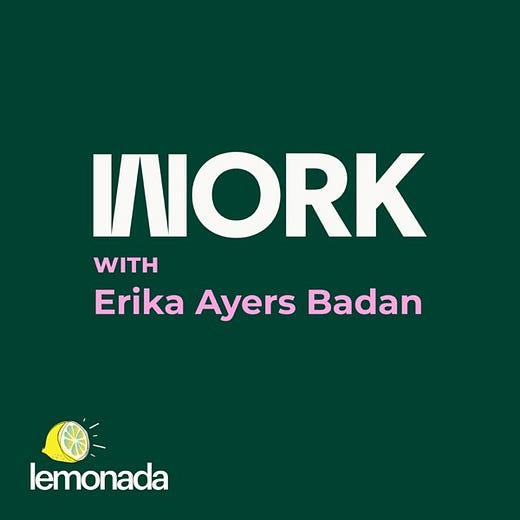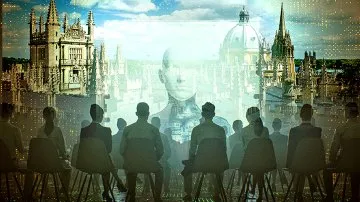
Marc Short on Musk’s Potential Third Political Party
Marc Short, former White House Director of Legislative Affairs, offers his perspective on Elon Musk’s rumored third political party and how it could bring renewed…
Thought Leader: Marc Short

For as long as I can remember, I have been an animal lover. I have fond memories of growing up in Canada’s Arctic alongside wildlife. There was never a question as to if I would work with or protect animals, but my path to my career was not always clear. Life often presents us with choices that challenge the boundaries of our perceptions, and at 26, life presented me with a chance to change (full story here). Although I started my career as a wildlife research biologist, I quickly readjusted my path to become a wildlife photographer and artist. At this moment, I proclaimed to the world that I would use my camera and the power of storytelling to create the change I wanted to see in the world.
Below, I have answered some of the most frequently asked questions I receive regarding my career. As always, thank you for taking the time to inquire and for supporting me on my journey.
Q: How did you arrive at your career in wildlife photography?
A: I fell in love with the polar regions while growing up among the Inuit of Canada’s Arctic – an experience that spurred my interest in conservation and inspired me to attend university, where I became a biologist. I was grateful for the opportunity to work on charismatic megafauna such as lynx, wolves, and polar bears out of the gate, but after collecting data for four years, it became clear that beautiful visual storytelling was a better vehicle for effecting change. I altered course and poured my heart into photography for another five years before landing my first assignment with National Geographic, where I was fortunate to spend two decades reaching tens of millions of people with my images and stories. More recently, my partner, Cristina Mittermeier and I founded and worked to grow SeaLegacy, our conservation nonprofit. Currently, our goal is to drive a global movement in support of the world’s ailing oceans before the time to save them runs out. You can read more about my journey and the origins of SeaLegacy in past Bulletin articles: From the Beginning and How Two Dead Polar Bear Cubs Inspired a Movement.
Q: What made you switch from biology to photography?
A: The data gathered by the world’s passionate and brilliant scientists has been vital to understanding climate change, ecosystems, and wildlife populations but inadequate at motivating people to fight it. After growing frustrated with the political process that repeatedly ignored the data, I decided to change my approach. My photography skills allowed me to layer art and storytelling onto the science, which I believe is a more effective strategy for empowering the conservation movement.
Q: Do you consider yourself a journalist or an activist?
A: The opposite of active is inactive – I know which of those I prefer. Others have described me as a journalist, an artist, and a conservationist, but I just consider myself to be a person who cares and wants to help.
Q: Which place left the biggest impact on you and why?
A: Antarctica is my favorite place on the planet for many reasons: it has a staggering impact on regulating systems that stretch around the globe, is home to some of the most remarkable species ever to have existed, and is the only continent dedicated to peace and science. The feeling I get when creating a ridge and looking out over a king penguin colony 300,000 strong is incredible, especially when I reflect on the knowledge that each relies on an abundance of icefish and krill to survive. Every animal you encounter here has a lifecycle tied to the sea ice, making it even more heartbreaking to see that ice slowly disappear. Its species are resilient and known to bounce back, but climate change compounded with other human activities—like the mass extraction of krill in our quest for Omega-3s—are pushing them to their absolute limits.
Q: What led you to create SeaLegacy?
A: My incredible partner, Cristina Mittermeier, really deserves the credit for SeaLegacy. It was her vision we acted on years ago when first trying to get it off the ground, a storytelling entity that could amplify the voices of so many like-minded people doing important work around the world. I am incredibly proud of what we have built together and thankful every day for the privilege of working alongside someone so passionate.
Q: What’s the best part of your job? What makes you keep going?
A: Spending time with the animals, definitely. Our wild relatives continue to do what they have done since their beginnings, unaware of the existential crisis we humans have created around them. My job is to capture the most intimate, beautiful details of their lives and share them with others in the hope of fueling protections for this incredible, global system they belong to – a system that had achieved a perfect balance billions of years in the making until we came along. I am grateful for the privilege of being a fly on the wall – a humble guest in their homes.
Q: When did you realize you wanted to work in conservation?
A: I am not exactly sure when thoughts of conservation first worked their way into my mind, but I certainly remember falling in love with the Arctic at the age of four after my family moved from our small farm in Saskatchewan to the community of Kimmirut (previously known as Lake Harbour) on Nunavut’s Baffin Island. I fully realized that protecting our planet was the only path for me one afternoon during my time at the University of Victoria when I chanced across a Jaques Cousteau-family encounter with a pair of orcas on TV. I told this story in an earlier article on Bulletin.
Marc Short on Musk’s Potential Third Political Party
Marc Short, former White House Director of Legislative Affairs, offers his perspective on Elon Musk’s rumored third political party and how it could bring renewed…
Thought Leader: Marc Short
Erika Ayers Badan: Solving Food Insecurity One Dollar at a Time
This week, Erika talks with Allen Warch, Vice President of Food and Fresh at Dollar General, about how the company is transforming itself from a…
Thought Leader: Erika Ayers Badan
Niall Ferguson: AI’s Great Brain Robbery
ChatGPT and its like have swept through academia, changing how students work, write and think. The bots are here to stay, so we need to…
Thought Leader: Niall Ferguson

